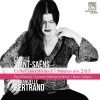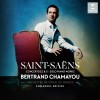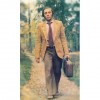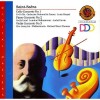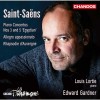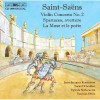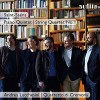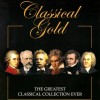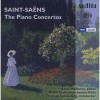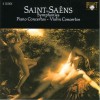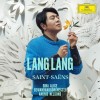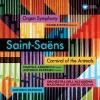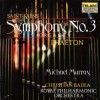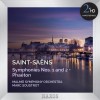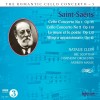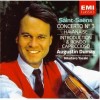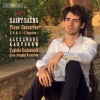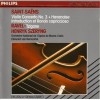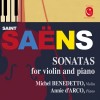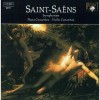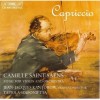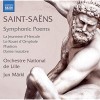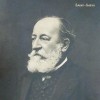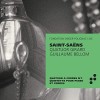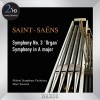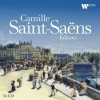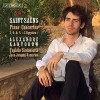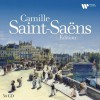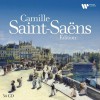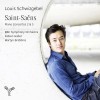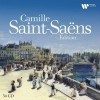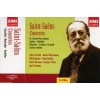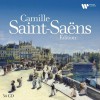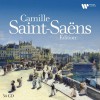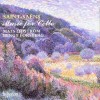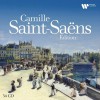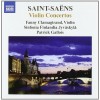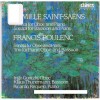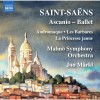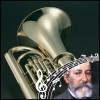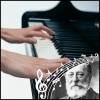| Country: | France |
| Period: | Romantique |
Biography
Saint-Saëns was born on October 9, 1835. His native city was Paris, France. He leaved with his mother, Clémence, and her aunt, Charlotte Masson, whose assistance Clémence was, and who moved in. The father of Saint-Saëns was a government clerk, but he died three months after his son’s birth. Masson became Saint-Saëns’s the first musical teacher, she gave him lessons to the piano. At that time, in the age of two, Saint-Saëns had great pitch. He composed the first work, a little piece for the piano, in the 22 of March, 1839. Nowdays it’s kept in the Bibliothèque nationale de France. Apart ftom music, Saint-Saëns read and write by three years old. By aged seven he had some mastery of Latin. When Saint-Saëns was five years old he took a part at his first public concert where he accompanied a Beethoven violin sonata He studied the full score of Don Giovanni. Since 1842, Camille-Marie Stamaty became Saint-Saëns’s musical teacher. He gave his young pupil the piano lessons. Camille-Marie Stamaty’s teacher was Friedrich Kalkbrenner, who thought that pianist’s forearms should be resting, lying on a rest, situated in front of the piano keys, whereas the musician’s hands and fingers had to be working. When Saint-Saëns was ten years old, he become famous across Europe, and even Boston’s newspaper (the USA) published an article about his debut public recital at the Salle Pleyel, where a young genius perfomed the Concerto No. 15 for the piano by Mozart in B-flat major (K. 450), and various pieces by Handel, Hummel, Kalkbrenner, Bach, and he also played any one of Beethoven's 32 piano sonatas by memory.
That time he studied composition at the Conservatoire de Paris. Saint-Saëns’s teacher was Fromental Halévy. His talent, a huge amount of top prizes, which he won, geranteed him an excellent reputation. Thanks to this Saint-Saëns was present to Franz Liszt, who became his very close friends. The first symphony he wrote in the age of sixteen. The second one was written by him in eighteen years old, and it was represented like the first Symphony in E-flat major. One of Saint-Saëns’s good friends, Hector Berlioz, remarked, that "He knows everything, but lacks inexperience".
Saint-Saëns worked as an organist at diffrent Paris churches till 1857. The fist time he played in the Beaubourg area, the Saint-Merri. Then he replaced Lefébure-Wely was at the outstanding organist’s position at the Église de la Madeleine. This position he kept until 1877. Parisian were delighted in Saint-Saëns’s improvisations, and in 1866, he recognized the best otganist in the world.
During 4 years (1861-1865) was a as professor of piano at the École Niedermeyer. His favourite students were André Messager and Gabriel Fauré, very gifted pupils, who became Saint-Saëns’s close friends. Working at the École Niedermeyer, he payed the attantion to the contemporary music, like Gounod, Liszt, Berlioz, Wagner and Schumann. All these schools were in opposition to conservative Bach and Mozart.
Saint-Saëns was a very talanted person. He composed, performed, and wrote musical criticism. But he succeeded not only in music. For example, when he was a young, he studied botany, lepidoptery, geology and archaeology. Later, he became an expert at mathematics, wrote scientific articles on ancient instruments, acoustics, occult sciences, Roman theatre decoration, and a philosophical work, called “Problèmes et Mystères”, touched upon the question of science and art substituted for religion. His was a pessimis and an atheist, and his ideas got started Existentialism. Also Saint-Saëns was an Astronom, a member of the Astronomical Society. A telescope, made according to composer’s instructions belonged to him and Saint-Saëns gave lectures on mirages. It is known, that he chose a date of his concerts according to astronomical events like solar eclipses.
In 1870 the Franco-Prussian War began. Saint-Saëns hadn’t took parts in any battle because one person, who was a relative of Napoleon the fird – French emperor, was on friendly terms whith Saint-Saëns but he went to London. In 1871 his fame and societal status helped him to make co-founding with Romain Bussine the Société Nationale de Musique advanced a new and specifically French music. When the Paris Commune fell, the works of Fauré, Franck, César Édouard Lalo- members of the Society, and Saint-Saëns himself- its co-president, were. After it Saint-Saëns became a ponderability figure defined the future of French music.
In 1875, Saint-Saëns and Marie-Laure Truffot were married. She engendered two children, André and Jean-François, but both of them died in 1878. Saint-Saëns left his wife three years later, although they never divorced, but lived apart from one another.
In 1886 Saint-Saëns performed two very famous works: The fird Symphony and Le Carnaval des Animaux. They were dedicated by Franz Liszt. Liszt died that year. In that year Saint-Saëns removed from the Société Nationale de Musique. In 1888 Saint-Saëns's mother died. Composer was in mourning. He left France and went away to the Canary Islands under the alias "Sannois". The rest of his life, Saint-Saëns spend for traveling and writing the musical compositions, historical and scientific topics. During several years composer visited exotic European locations, Southeast Asia, South America, and North Africa. Saint-Saëns published lots of books, becoming populary, and each time he used his pseudonym Sannois, where he chronicled all his adventures.
Saint-Saëns died in Algiers, Algeria. He worked till his last days. The government of France awarded him the Légion d'honneur for his inprovments.
Saint-Saëns died on 16 December 1921 at the Hôtel de l'Oasis in Algiers. The reason of his death was pneumonia. One of the greatest composer in the world was interred at Cimetière du Montparnasse in Paris.
Some of Europe's most distinguished musicians were Saint-Saëns’ sfriends, and some of them were his enemies. He was a close friend of Franz Liszt and with his pupil Gabriel Fauré, for a short time, who acted him at a position of organist and choirmaster when he retired. But such composers as d'Indy, Franck and Jules Massenet were Saint-Saëns’s enemies. Saint-Saëns openly despised them. He also hated Claude Debussy’s music. Saint-Saëns told to Pierre Lalo, music critic, and a son of Eduard Lalo, composer: “I have stayed in Parish to speak ill of Pelleas et Melisande”. Debussy quipped: “I have a horror of sentimentality, and I cannot forget that its name is Saint-Saëns”, though, Debussy recognized, Saint-Saëns’great talent.
Saint-Saëns was the best of all musician in France, who played Richard Wagner's music and he taught his pieces during his tenure at the École Niedermeyer and premiering the March from Tannhäuser. He knew several Wagner’s compositions, such as Lohengrin, Tristan und Isolde, and Siegfried by mind. He had stunned even Wagner himself. Hans von Bülow called Saint-Saëns, "the greatest musical mind" of the era. Apart from this, Saint-Saëns told, that he was not an aficionado of Richard Wagner. In 1886 Saint-Saëns losing engagements and receiving negative reviews throughout Germany becouse of his harsh anti-German commenrs. After World War I, was very angery both French and Germans, and ruthlessly attaked Wagner.
Saint-Saëns edited Rameau's Pièces de Clavecin, and printed them in 1895 with Durand in Paris (re-printed by Dover in 1993).
On 29 May 1913 was happend the première of Igor Stravinsky's Le Sacre du printemps (The Rite of Spring), Saint-Saëns stormed out a concert-holl, allegedly, because he thought that the bassoon sould not was using in the ballet's opening bars.
In the beginning of his career Saint-Saëns had a musical pioneer reputaition, presenting to France the symphonic poem and priority the radical compositions of Liszt and Wagner, whereas Bach and Mozart were the norms. At the begining of the 20th century, Saint-Saëns was an ultra-conservative, opposing Debussy and Richard Strauss. Is not surprising, because, at the time, when Saint-Saëns began his career, Mendelssohn and Chopin were in the top of their glories, and ended at the begining of the Jazz Age. Nevertheless, his image endured for years after his death.
Saint-Saëns was enough paradoxical composer, from one side, he avoided the romanticism in his composirions, but from the othe side, he conventioned of 19th-century musical language. Nowdays, the most known Saint-Saëns’s works are: Le Carnaval des Animaux, it was full published only when he died; the perfomance and Rondo Capriccioso for violin and orchestra, which is frequently performed today, the operas Samson and Delilah and Henry VIII, the fird Symphony; the second one, the fourth and fifth concertos for the piano; the third concerto for violin; the first cello concerto; and the first violin sonata.
Contemporaries of Saint-Saëns were widely regarded the composer. Some later critics wrote, that his music elegant and technically flawless, but sometimes dry, uninspired, and lacking emotion. His music has been called clean, logical, polished, and professional. Many of his music compositions are technically difficult and transparent, at the same time, requiring the skills of a virtuoso. The later music compositions, like the second cello sonata, the second violin sonata, and the second piano trio, are less clear to a listener than a works, which he wrote earlier in the analogous form. Saint-Saëns composed them when Saint-Saëns wasn’t already very popularity, that’s why, they are little known. We can see more progressive musical language and abandon lyricism and charm for more profound expression.
The piano music, occupies the stylistic ground between Liszt and Ravel. During crystal, weighless the music for two pianos contents the Variations on a Topic by Beethoven, the Scherzo. Thanks to that, new modern tonalities could be received like the Caprice Arabe, filling a fantasy rhythm rousing homage to the music of northern Africa. Saint-Saëns explored lots of new difrent forms and rewrited some older ones, althought many people thought him an old-fashioned composer in later life. His musical works were very important in the formation of neoclassicism of Ravel and others.
One day, Saint-Saëns said, that he was "unequalled on the organ", and rivaled by only a few on the piano. Since that time, he started playing restrained, subtle, cool, extraordinarily with great speed, and aristocratic refinement. He sat unmoving at the piano. Probably, he was the first pianist to publicly perform a cycle of all the Mozart piano concertos. Saint-Saëns was charged, unshakeable and efficient. We remember him not so good as other charismatic performers. There is one example, the first tempo of the 4th Piano Concerto in C minor sounds almost like the last the tempo of the 24th Mozart's Concerto, wrote in the same key. It’s knowing, that Saint-Saëns’concertos had an influence to Sergei Rachmaninoff and other later Romantic composers. Althought, He followed by Stamaty’s technique, taught playing the hand and fingers, giving all its energy to the piano keys, and resting the arm. Claudio Arrau remembed the ease with which Saint-Saëns played all of his life.
Saint-Saëns began to write music early, and he lived a long life. All that let him created hundreds of genius compositions, amount them many dramatic works, including thirteen operas, and four symphonic poems. The most popular of whem are Samson et Dalila and the symphonic poem Danse Macabre. Apart from that, composer had over 300 works. Saint-Saëns was the first famous composer who wrote musical compositions particular for the cinema, for the film “The Assassination of the Duke of Guise” by Henri Lavedan (Op. 128, 1908).
He wrote five symphonies, but only three of five Saint-Saëns’ symphonies have numbers. The first and the third ones were withdrawn by Saint-Saëns. The first composer wrote for a Mozartian-scale orchestra, and the third, a competition piece. He lived in a period when the French symphonic tradition was in decline, and Saint-Saëns’ ones become a new phase in the French symphony’s development. Saint-Saëns also created many works for the French concertante literature: five piano concertos, two cello concertos, three concertos for violin, , and near by twenty smaller concertante compositions for soloist and orchestra, amount them a color saturationed fantasy for the piano with orchestra, Africa; the Havanaise and the Introduction and Rondo capriccioso for violin and orchestra; and the Morceau de Concert for harp and orchestra. The most famous and popular concerto of virtuoso piano concertos is the Second Piano concerto.The First Cello Concerto and the Third Violin Concerto stay very popular too.
One of the well-known works – his final symphony, the Symphony No. 3 (with organ) was written in 1886. A song of 1978, named “If I Had Words” by Scott Fitzgerald and Yvonne Keeley inspirated Saint-Saëns for the fird one. The fird symphony was wrote in period of France’s upswing, when the following projects were made: the monumental symphonic organs, Eiffel Tower, the Universal Exposition at Paris and the Belle Époque. It was the «age of reason" Saint-Saëns used the counterpoint that’s why many critics told that he "the most German of all the French composers".
His Le Carnaval des Animaux was performed privately on 9 March in 1886 the first time. After its première Saint-Saëns didn’t let to play the complete version of composition. He let to perfome only a short tempo Le Cygne (The Swan) for cello and two pianos, to be printed in his lifetime. Saint-Saëns wrote Carnival as a musical jest, and he was afraide that his serious composer’s reputation would damage. In fact, listeners and critics were delighted in this work after its posthumous publication.
Saint-Saëns also wrote six organ’s fugues and preludes, three in Op. 99 and three in Op. 109, of which Op. 99, no. 3 in E flat major is most often performed.
A lost opera "Helene", composed by Saint-Saëns for the popular Australian soprano, Dame Nellie Melba, in 1904, was rediscovered by a researcher in 2007 and performed in the home city of soprano (Melbourne), in January 2008 for the first time.
A symphonic poem, Le Rouet d'Omphale, Op. 31, used like a subject in the long-running radio program, The Shadow. Thanks to that, generations of listeners beginning in 1937 know it.
The Academy nominee movie used "The Aquarium" from Carnival of the the trailer, called The Curious Case of Benjamin Button.





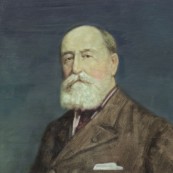

![The Opera Album 2011. [CD 1 of 2]](http://static.classicalm.com/repository/collection-cover/small/1344-img1369919954895586.jpg)
![Essential Organ [CD 1 of 2]](http://static.classicalm.com/repository/collection-cover/small/1307-img1359479519576972.jpg)
![Essential Organ [CD 2 of 2]](http://static.classicalm.com/repository/collection-cover/small/1308-img1359482896626185.jpg)
![Piano trios (Gilels, Kogan, Rostropovich) [5 CD]](http://static.classicalm.com/repository/collection-cover/small/219-img1316559969860933.jpg)
![Russian legends - Leonid Kogan [10 CD]](http://static.classicalm.com/repository/collection-cover/small/269-img1318707830156876.jpg)
![Russian legends - Viktor Tretiakov [6 CD]](http://static.classicalm.com/repository/collection-cover/small/271-img1318800770253179.jpg)
![Russian legends - Gidon Kremer [10 CD]](http://static.classicalm.com/repository/collection-cover/small/273-img1318873589669975.jpg)
![Russian legends - Mstislav Rostropovich [10 CD]](http://static.classicalm.com/repository/collection-cover/small/275-img1319023256353734.jpg)
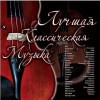
![Deutsche Grammophon Classic Gold [CD 2 of 3]](http://static.classicalm.com/repository/collection-cover/small/1315-img1361382127512512.jpg)
![Top 100 der Klassik [CD 3 of 5]](http://static.classicalm.com/repository/collection-cover/small/1366-img1372593555699508.jpg)


![Tresors des Requiem [CD 4 of 4]](http://static.classicalm.com/repository/collection-cover/small/1380-img1374577451653121.jpg)
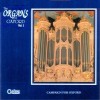
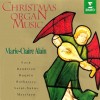
![12 Organs of Edinburgh [CD 1 of 2]](http://static.classicalm.com/repository/collection-cover/small/765-img1339682459670024.jpg)
![Great European Organs. 51-Peter King [Bath Abbey]](http://static.classicalm.com/repository/collection-cover/small/941-img1342340028618105.jpg)
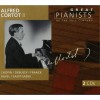
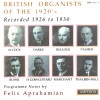
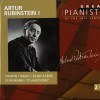
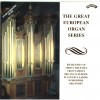

![Great European Organs. 15-Colin Walsh [Lincoln Cathedral]](http://static.classicalm.com/repository/collection-cover/small/869-img1340972819806985.jpg)
![Great European Organs. 31-Adrian Partington [Tewkesbury Abbey]](http://static.classicalm.com/repository/collection-cover/small/901-img1341484474474571.jpg)
![Russian legends - Daniel Shafran [7 CD]](http://static.classicalm.com/repository/collection-cover/small/277-img1319146356180506.jpg)


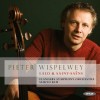

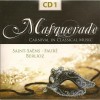
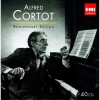
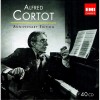
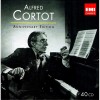
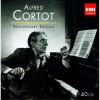
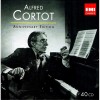

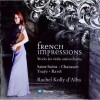
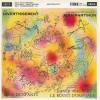
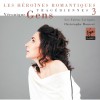
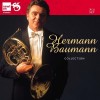
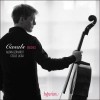
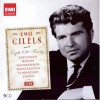
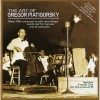
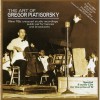
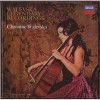
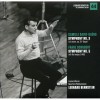
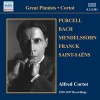
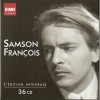
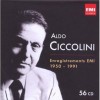
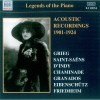
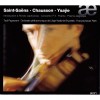
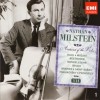
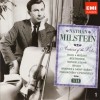
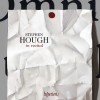
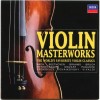

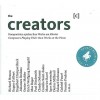
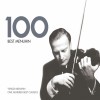
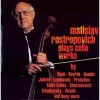
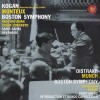
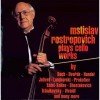
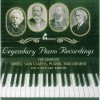
![The 100 Most Beautiful Melodies [CD 2 of 6]](http://static.classicalm.com/repository/disk-cover/small/2911-img1361460313445296.jpg)
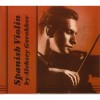
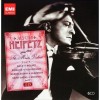
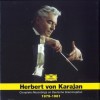
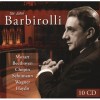

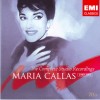
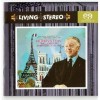
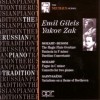
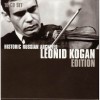
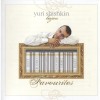
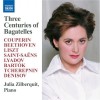
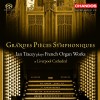
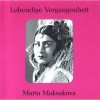
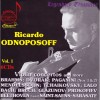
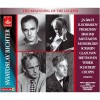
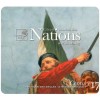
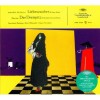
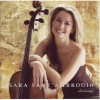
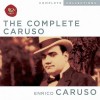
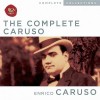
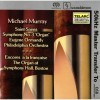

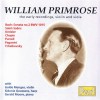
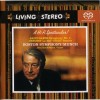
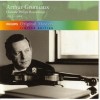
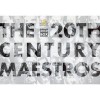

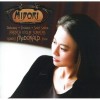
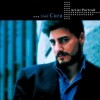
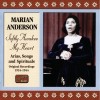
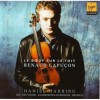
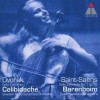
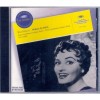

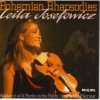
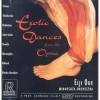
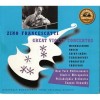
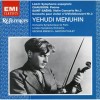
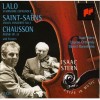
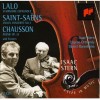
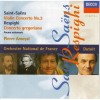
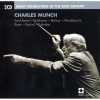
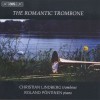
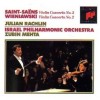
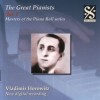
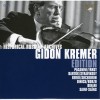
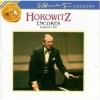
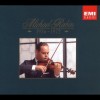
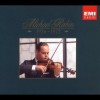
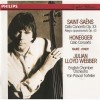
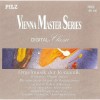
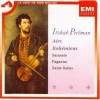
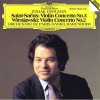
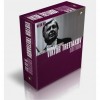
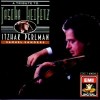
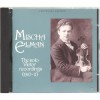
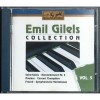
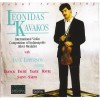

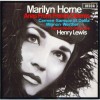
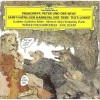
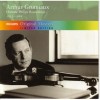
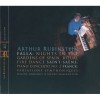
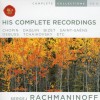
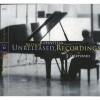
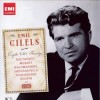
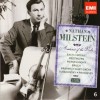
![Sviatoslav Richter - The Beginning of the Legend [4 CD]](http://static.classicalm.com/repository/disk-cover/small/823-img1315991321531276.jpg)
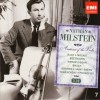
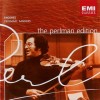
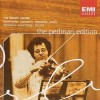
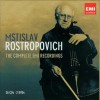
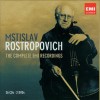
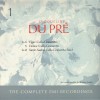
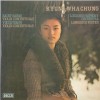
![The Heifetz Collection, Volume 7 [2 CD]](http://static.classicalm.com/repository/disk-cover/small/927-img1316977566109649.jpg)

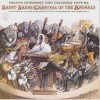
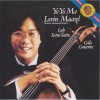
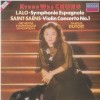
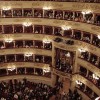
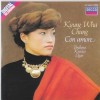
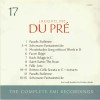
![The Heifetz Collection, Volume 19 [2 CD]](http://static.classicalm.com/repository/disk-cover/small/947-img1317413695600051.jpg)
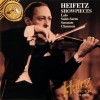
![The Heifetz Collection, Volume 1 [3 CD ]](http://static.classicalm.com/repository/disk-cover/small/715-img1315088819334029.jpg)
![The Heifetz Collection, Volume 4 [2 CD]](http://static.classicalm.com/repository/disk-cover/small/721-img1315251228394533.jpg)


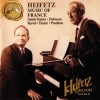
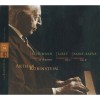
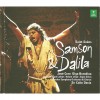
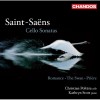
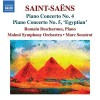
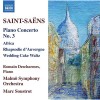
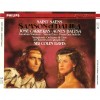
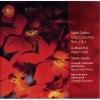
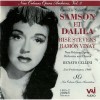
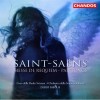
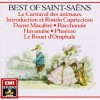


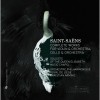

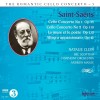
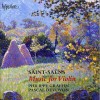
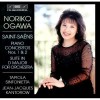
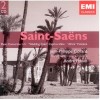
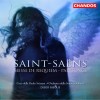
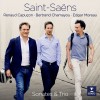
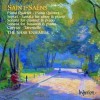
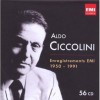
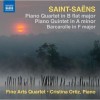
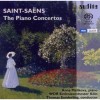
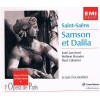
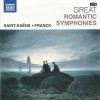
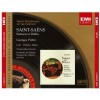
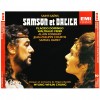
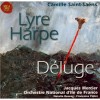
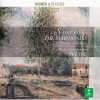

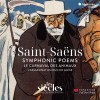
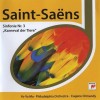

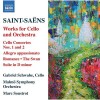
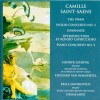
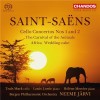

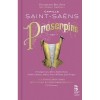
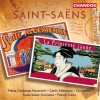
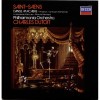
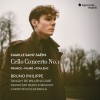
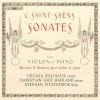
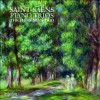
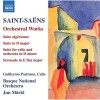
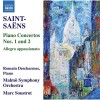
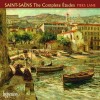

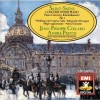
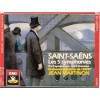
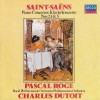
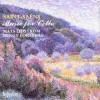
![Saint-Saens. Sinfonia No 3, Carnival dex Animaux [Fremaux]](http://static.classicalm.com/repository/composition-cover/small/21886-img1415624079373083.jpg)
